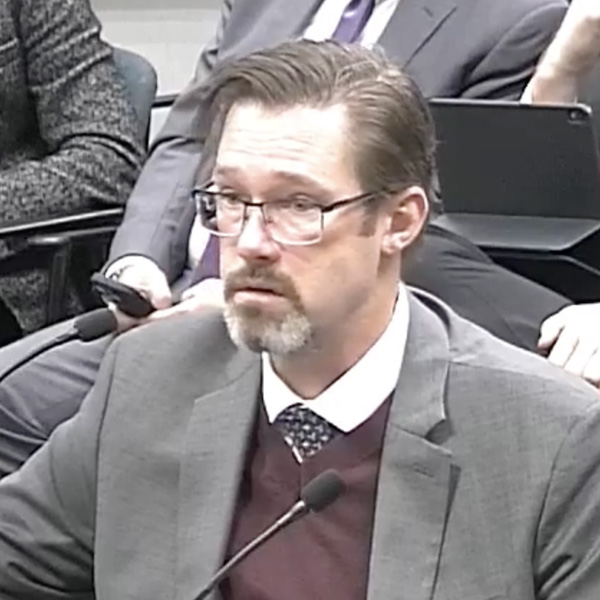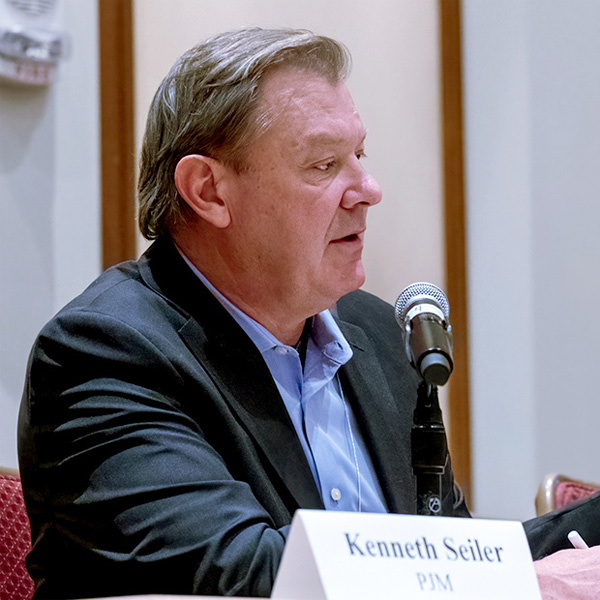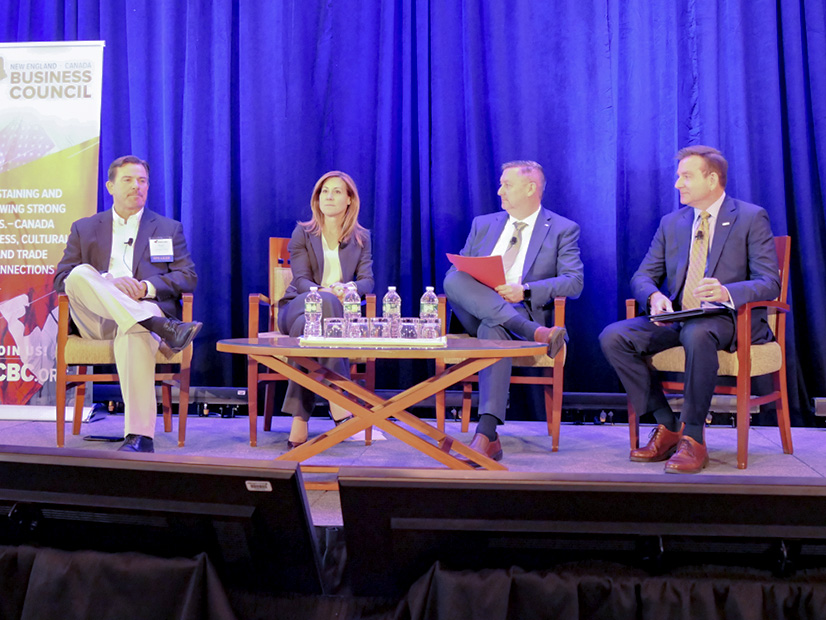The U.S. Department of Energy on Nov. 6 opened a $30 million funding opportunity aimed at developing new technologies to help decarbonize the country’s building stock by improving efficiency and cutting costs of building retrofits.
Rolling out one of its trademark acronyms, DOE announced the Building Energy Efficiency Frontiers & Innovation Technologies (BENEFIT) program, which will support research, development and demonstration of new technologies for HVAC equipment, roof and attic improvements, and behind-the-meter energy management.
“The [funding opportunity announcement (FOA)] has the joint priority of making buildings more resilient [and] providing benefits to grid operators during periods of peak electricity demand and building occupants during grid outages and extreme weather events,” according to DOE. “Technologies developed in this FOA may also increase the viability and deployment of renewable energy technologies at scale by avoiding common triggers for costly upgrades, such as the need to trench new wiring to homes or increase the capacity of transformers or electrical load centers.”
While DOE has been regularly funding such R&D initiatives since 2014, according to the announcement, this year’s FOA is targeted at supporting the department’s eighth and last Earthshot, the Affordable Home Energy Shot, which Energy Secretary Jennifer Granholm launched in October at an affordable housing community in Chicago.
The goal of the initiative is to develop “next-gen” building energy-efficiency technologies that can reduce the cost of home upgrades for affordable housing by at least 50% while also reducing energy bills by 20% within a decade, Granholm said.
Those savings could be especially important for decarbonizing the “50 million single-family, multifamily and manufactured homes rented or owned by households earning less than 80% of the area median income,” DOE said.
“It’s hard to retrofit older homes,” Granholm said. “It’s older wiring, older lighting. So, one of the strategies is to look at the building envelope ― the roof, the walls ― how do you insulate those and insulate them in a way that doesn’t necessarily disturb the homeowner and cause them to have to move out?”
One possible solution would be insulation panels that can be attached to the outside of a home, which might also have “smart” wiring to connect to home appliances for demand management programs, Granholm said.
The Energy Shot — as well as the BENEFIT funding — is “about bringing down the price of all of these retrofits and installations to reduce the overall cost of energy on a month-to-month basis,” she said.
‘Pièce de Resistance’
According to DOE, residential and commercial buildings together are “the single-largest energy consuming sector of the U.S. economy.” In 2022, buildings represented 40% of total energy consumption, 74% of electricity use and 35% of energy-related carbon dioxide emissions.
Further, DOE said, “about one-third of the energy consumed in buildings is wasted, an estimated annual cost to American families and businesses of $150 billion.” Households that spend more of their disposable income on energy also are more likely to fall behind on their utility payments, the department said.
To cut the emissions, waste and utility bills, the BENEFIT FOA sets out four R&D priorities:
-
- HVAC and water-heating technologies with “improved materials, components, equipment design and engineering, lower-cost manufacturing processes and easier installation.”
- Technologies for affordable, scalable roof and attic retrofits, with a focus on energy efficiency.
- Technologies that provide “novel approaches to maintain essential loads during blackouts and add power capacity to buildings without the need for major infrastructure upgrades.”
- Commercial lighting upgrades, especially for commercial buildings and schools.
The FOA lays out the obstacles in developing new technologies. For example, upgrading space and water heating in commercial buildings, the announcement says, “can present complex challenges, including, but not limited to, replacing and retrofitting hydronic systems, designing solutions that overcome space constraints, addressing water heating temperature requirements, cost, contractor training for new technologies and managing occupant disruption.”
Hydronic systems provide heating and cooling via circulating water.
DOE is encouraging organizations interested in the funding to form teams, including community groups. Initial concept letters are due Dec. 18, with full applications to follow March 5, 2024. The expected date for award announcements is June 25, 2024.
Speaking in Chicago, Granholm said that as the eighth and last Earthshot, the Affordable Home Shot is the “pièce de resistance” of the program. “All of the rest have led to it.”
“To me, it’s all about the word ‘all’ — the great three-letter word,” she said. “No matter where you live — whether you live in Englewood or you live in a newly renovated home on a tree-lined street in Evanston — no matter what the size of your wallet, you should be able to have access to affordable and reliable power.”


